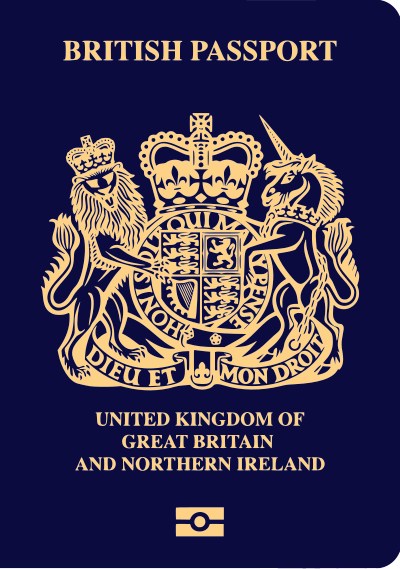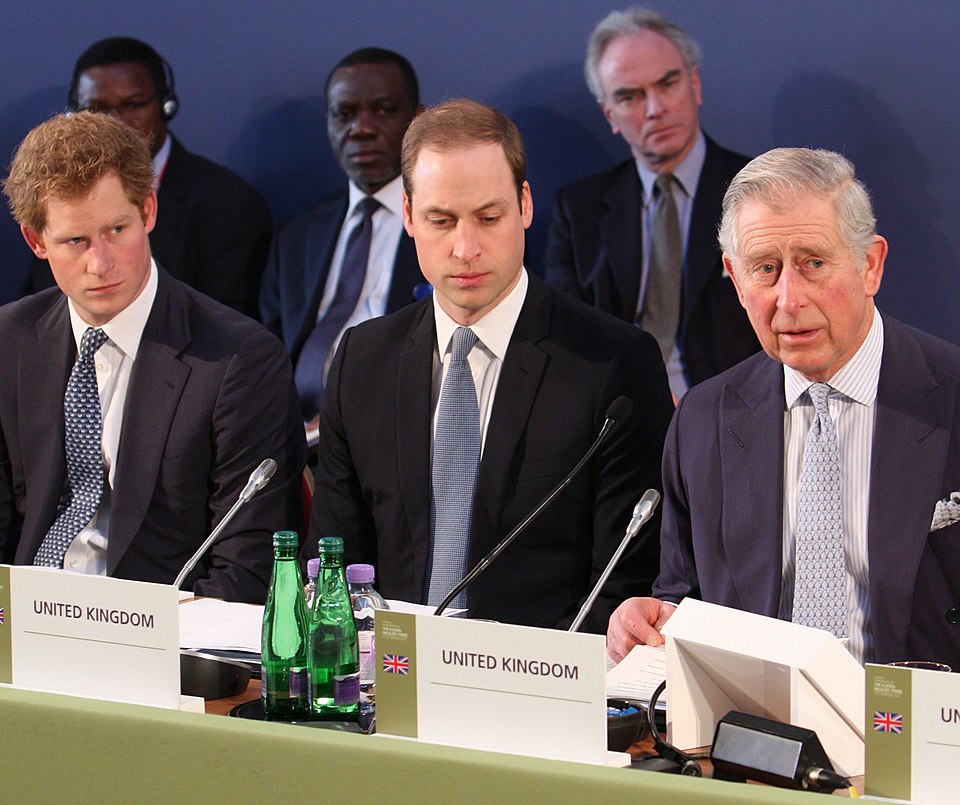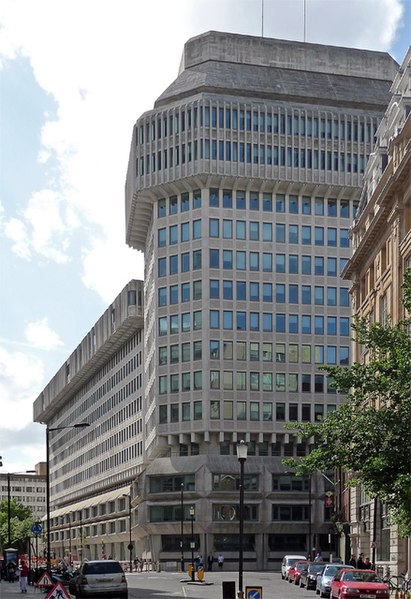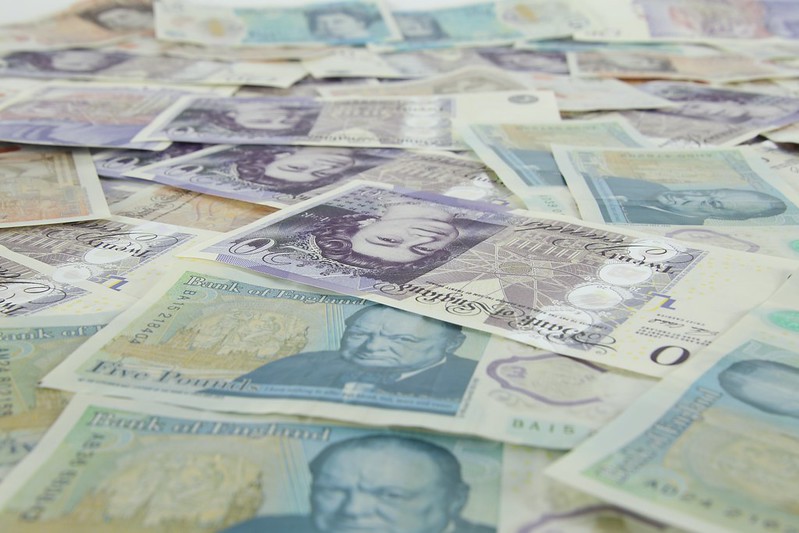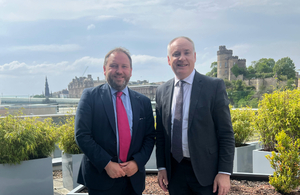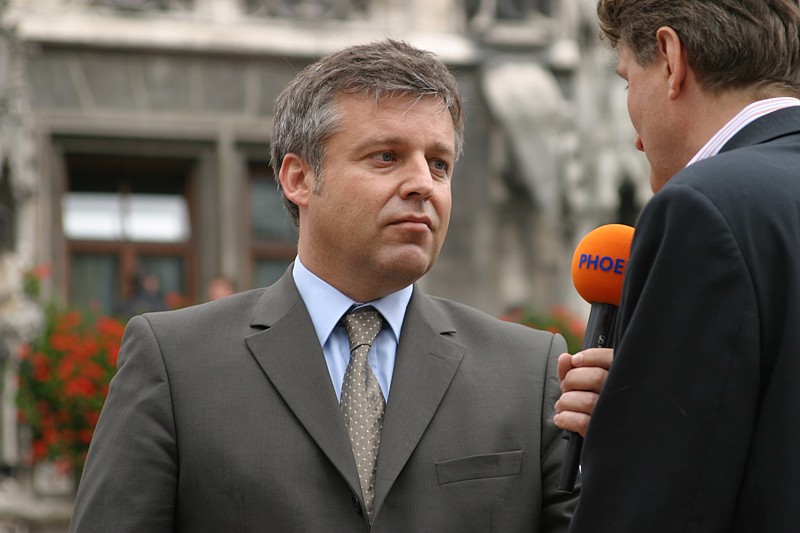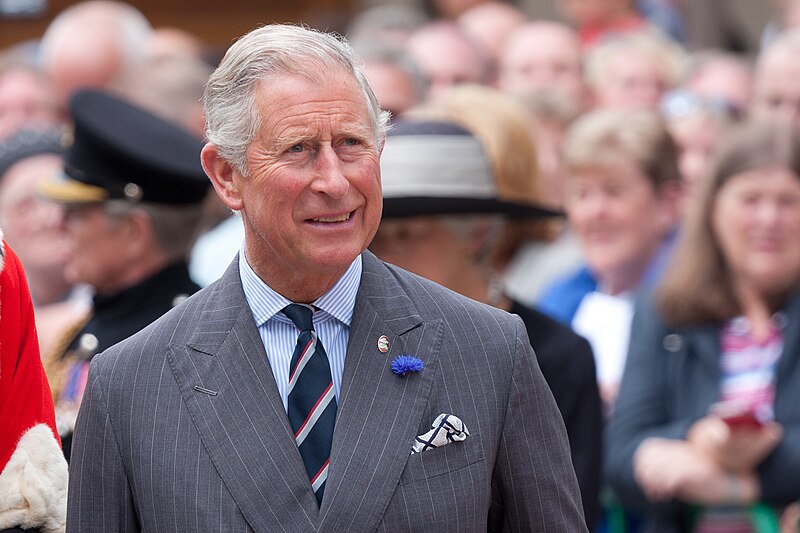
In May, King Charles will be crowned in a ceremony full of pomp, pageantry, and solemn religious significance. While he became monarch of the United Kingdom and
14 other realms on the death of his mother Queen Elizabeth in September, the coronation ceremony is an essential moment that legitimizes the monarch in a public way and marks a religious moment of transformation. The ceremony has a long history, with 38 monarchs crowned at London's Westminster Abbey, except for Edward V and Edward VIII.
The coronation ceremony is unique to this country and is organized by the Earl Marshal, England's most senior peer who is in charge of state occasions. It is not essential, and no other monarchy across the globe has an event in the same style. However, the ceremony has always retained at its heart a religious moment of transformation, and the language of the ceremony since it was locked down in the 14th century has articulated that the king or queen somehow changes during that ceremony.
The coronation service is full of symbolism and is a solemn, religious occasion. Charles will take an oath to uphold the law and the Church of England, sitting on the historic Coronation Chair, known as King Edward's chair, containing the Stone of Destiny. The Archbishop of Canterbury, the spiritual leader of the worldwide Anglican Communion, will anoint him with holy oil consecrated in Jerusalem, which signals the conferment of God's grace on the sovereign.
Charles will be presented with various ornate golden orbs, scepters, swords, and a ring, all of which symbolize the monarch's power, authority, and duties. The Archbishop will then place the heavy St Edward's Crown, used in coronations for the last 35 years, upon his head. Charles' wife Camilla will also go through a simpler, mini-coronation ceremony as queen. Finally, Charles will leave the Abbey wearing a different crown, the Imperial State Crown. Photo by Dan Marsh, Wikimedia commons.
